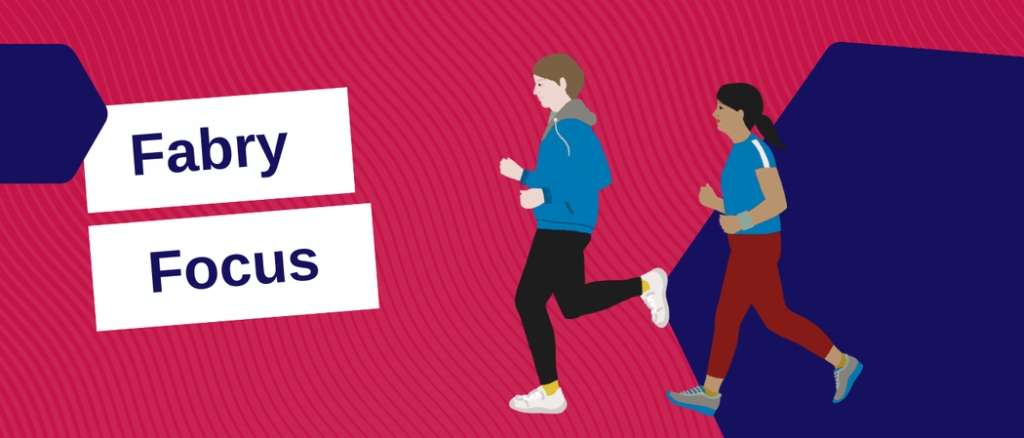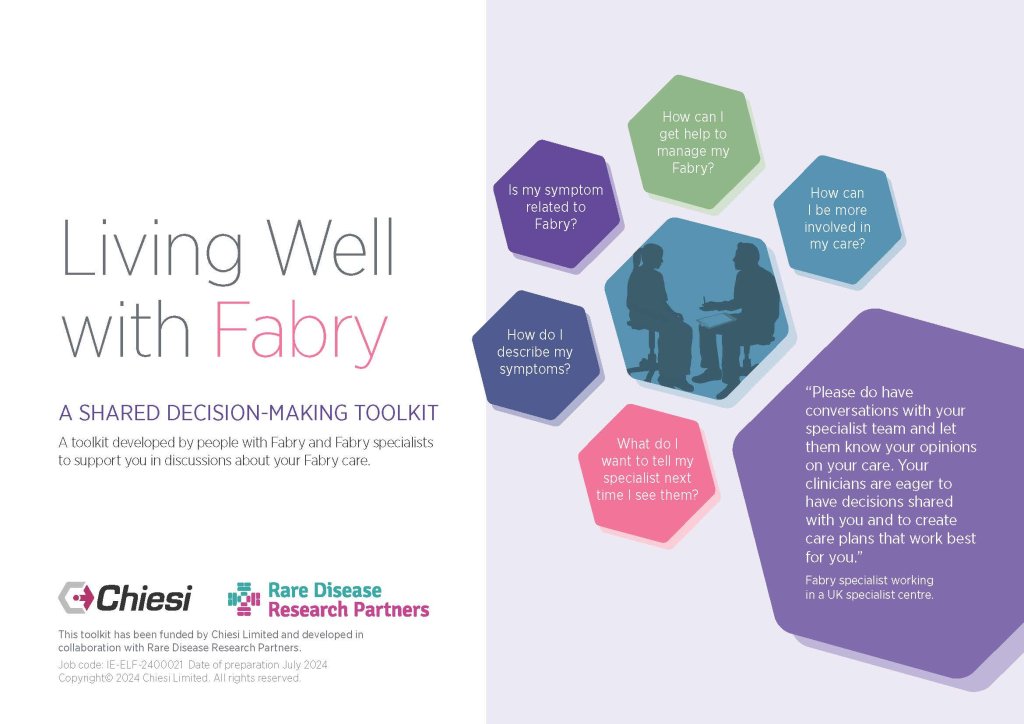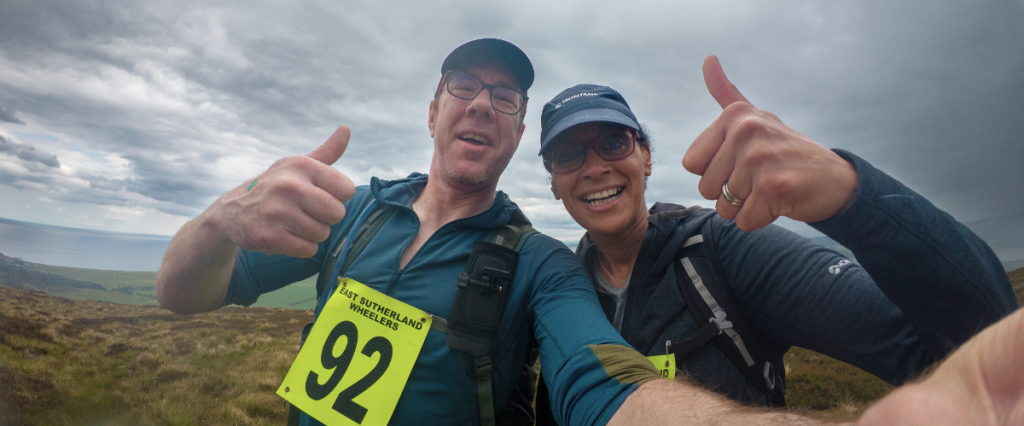When we talk about living well with Fabry, physical activity is often one of the first challenges raised by our community. We have talked to our Fabry community about the barriers, adaptations and benefits of moving more while living with Fabry.
What you told us
Many described themselves as lightly active, balancing movement with essential periods of rest
Fatigue was the most common barrier, followed by heat intolerance and difficulties with time or motivation
Overdoing things on good days and then facing setbacks was also a recurring theme
Despite these challenges, the message was clear: movement matters!
Activities like walking, stretching and light resistance work were considered most manageable
Some people found swimming, cycling or gym-based routines useful when adapted to their needs
Supportive trainers and safe environments made all the difference, as did creative approaches – like lifting household objects or doing seated exercises at home
Member emphasised that exercise is not just about physical health, movement lifts mood, builds confidence and helps maintain motivation
Small steps really did bring big rewards
Why physical activity helps
For those living with a rare disease such as Fabry, activity is more than keeping fit. It helps maintain mobility, supports heart and bone health and can reduce the impact of fatigue when carefully paced. Mentally, it boosts mood and resilience, giving a sense of control when so much of Fabry can feel unpredictable.
Top tips for moving more
Drawing on conversations with our Fabry community and supported by current research, here are some simple, realistic ways to build more activity into your day while reducing long periods of sitting:
Start small - short bouts of activity count just as much as longer sessions. Why don’t you try 5–10 minutes of walking, stretching, or band work.
Pace yourself - balance activity with rest and listen to your body to avoid the boom and bust cycle.
Break up sitting time - stand, stretch or move for a couple of minutes every 30 to 60 minutes.
Adapt your environment - consider seated exercises, gentle yoga or swimming if heat intolerance is a barrier.
Celebrate small wins - acknowledge every step, however small. Building confidence is part of the journey. Did you move more than yesterday? Well done, you’ve increased your level of physical activity!
Seek support - a trainer, physiotherapist or even a friend can help tailor activities safely to your needs.
Looking ahead
These conversations with our Fabry community have shown just how valuable movement can be for both physical and mental wellbeing; even when challenges like fatigue or pain get in the way.
To close the series, we are delighted to be hosting a live Q&A on Teams with researcher Sarah Gosling, who is currently studying Fabry and physical activity. This will be a wonderful opportunity to learn more, ask questions, and feel supported in taking steps towards more active living.
When: Monday 22 September, 7.30pm
Where: Online, Microsoft Teams
No pre-registration required but why not come join us over on WhatsApp where our conversations around physical activity are continuing.






